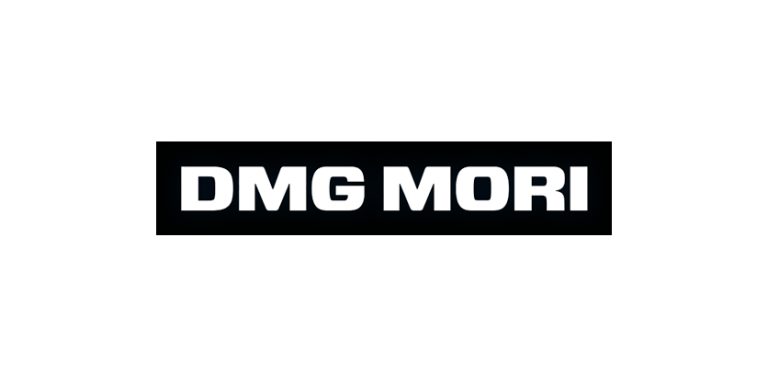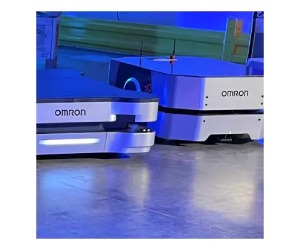Safety Relays: Why They’re Seeing a 225% Growth in Industrial Applications
April 2, 2025
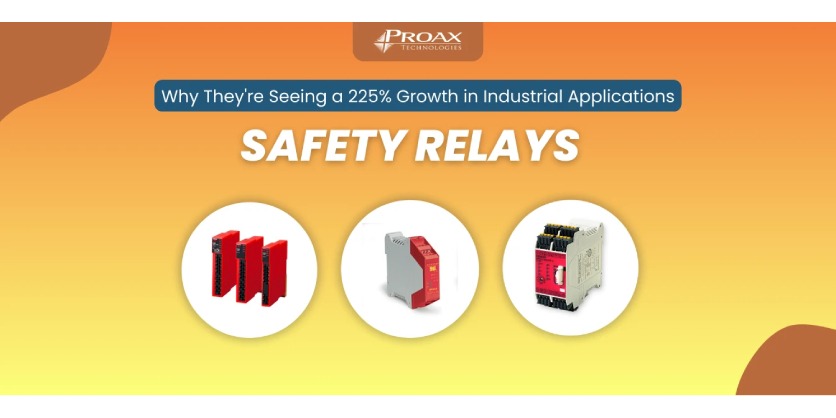
If you’ve walked the floor of a modern plant lately, you’ve likely noticed a shift—machines are smarter, lines are faster, and safety systems are more integrated than ever. At the heart of this evolution sits an unsung hero: the safety relay. Once seen as a check-the-box component for regulatory compliance, safety relays are now powering a 225% surge in adoption across industrial sectors.
But what’s really behind this growth? Let’s break it down—not with marketing fluff, but with practical insights you can relate to as an engineer, plant manager, or automation buyer.
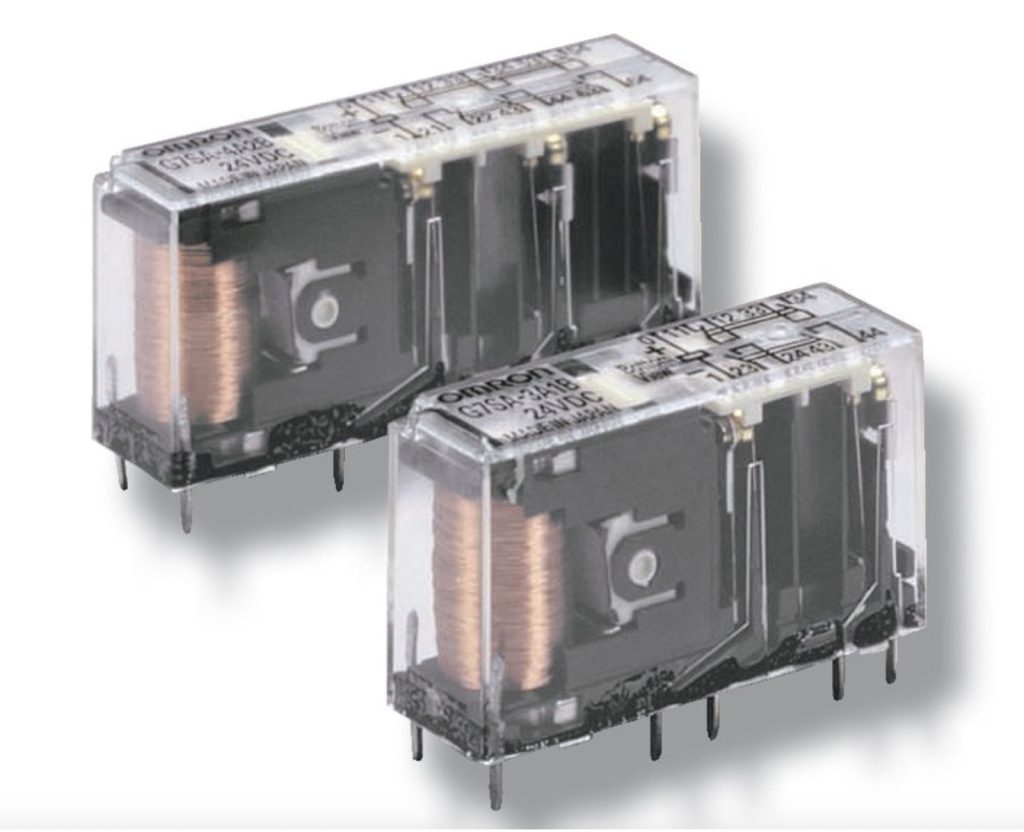
What Exactly Is a Safety Relay?
Think of a safety relay as the guardian of your control system. It constantly monitors inputs from safety devices like emergency stops, light curtains, or door switches—and springs into action if something goes wrong. Its job? Quickly disconnect power or stop motion to protect people and machinery.
Unlike standard relays, safety relays are built with redundancy and fail-safe logic. They’re engineered to meet strict standards like ISO 13849 and IEC 61508, meaning they’re not just reliable—they’re predictable.
Why the Sudden Surge in Adoption?
1. Tougher Global Safety Standards
Regulatory frameworks like OSHA in North America and the EU Machinery Directive have evolved. What used to be optional is now mandatory—and for good reason. Compliance is no longer just about avoiding fines; it’s about protecting reputations and lives.
2. Industrial Automation Is Booming
As factories become more autonomous, human interaction with machinery becomes less frequent—but also riskier when it happens. Safety relays serve as the trusted intermediary, bridging human-machine safety in fast-moving environments like robotic cells or CNC zones.
3. Worker Safety = Business Continuity
Downtime from an accident is costly. Beyond lost productivity, there are insurance claims, investigations, and potential lawsuits. More companies are proactively installing layered safety systems—including relays—to reduce those risks.
4. Smarter, Smaller, and More Connected
Today’s safety relays aren’t stuck in the past. Leading brands now offer models with:
- Ethernet/IP or PROFINET support
- Real-time diagnostics
- Predictive maintenance alerts
- Compact DIN-rail footprints
This means easier integration, less panel space, and fewer headaches.
5. Rapid Industrialization in Emerging Markets
Countries like India, Vietnam, and Mexico are modernizing quickly. As new plants come online, global safety expectations are baked in from day one—fueling demand for certified safety devices.
Market Trends: What’s Changing on the Ground?
✅ Integration with Smart Factories
Safety relays now plug into MES and SCADA systems, offering visibility into safety status just like you’d see production KPIs. That’s a game-changer for predictive maintenance and compliance audits.
✅ Multi-Zone Safety Management
Why install four separate relays when one can monitor multiple zones? Advanced models can isolate and manage distinct safety circuits independently, reducing hardware clutter and cost. Examples below keep reading.
✅ Adoption Across New Sectors
While automotive, packaging, and logistics have long relied on relays, Proax is now seeing uptake in:
- Medical equipment manufacturing
- Building automation
- Green energy plants
Real-World Applications: Where Safety Relays Are Winning
Here’s how different industries are putting safety relays to work:
- Automotive: Protecting operators during robot teaching modes
- Oil & Gas: Preventing overload in hazardous zones
- Power Generation: Safeguarding circuit isolation during maintenance
- Material Handling: Monitoring emergency stops on long conveyor lines
- Food & Beverage: Ensuring cleanroom doors can’t be opened mid-cycle
Here are some advanced Omron safety relays
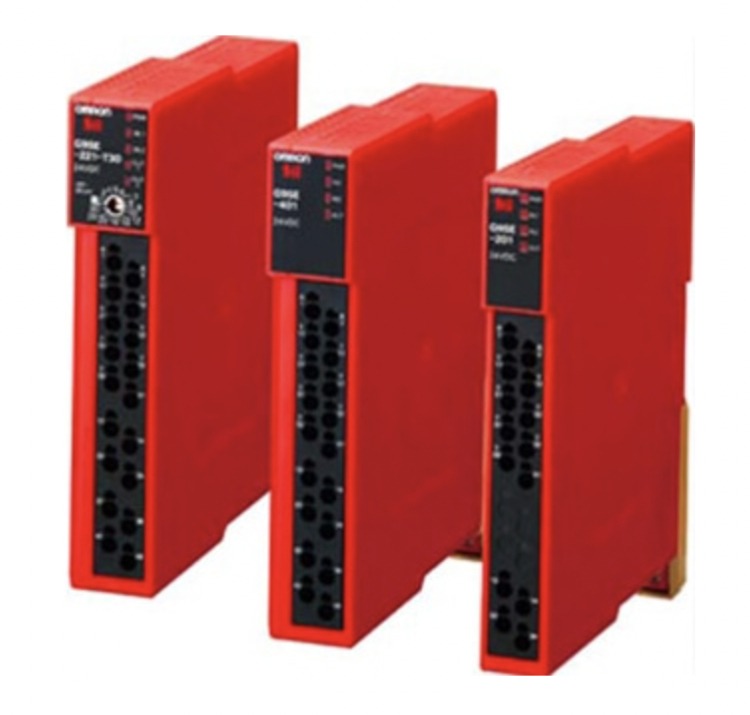
- Key Feature: Slim design saves mounting space
- Applications: Compact control panels and emergency stops
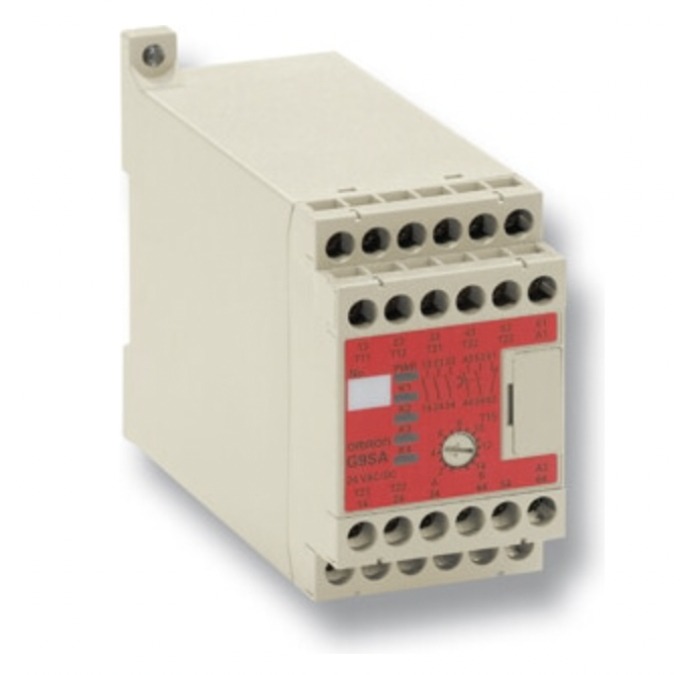
- Key Feature: Expandable design with output expansion units
- Applications: Complex safety systems requiring emergency stops and two-hand control
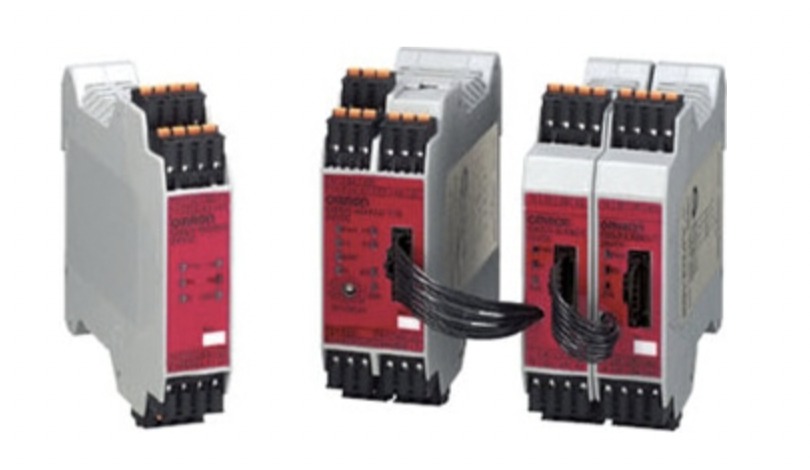
- Key Feature: Advanced solid-state outputs with features like limited speed monitoring
- Applications: Machinery requiring advanced safety functions such as standstill monitoring
4. G9SR Compact Safety Relay Unit
- Key Feature: Compact size with safe ON/OFF delay timers
- Applications: Standalone safety systems, including door switch monitoring and guard enabling
The Market Outlook: Up and to the Right
According to multiple market reports, the safety relay market is on track to hit $2.5 billion by 2028, growing at over 7% CAGR.
Challenges to Keep in Mind
Adoption isn’t without its speed bumps:
- Upfront costs: Especially for smaller operations
- Complex integration: Not always plug-and-play
- Cybersecurity: As more relays go online, IT and OT need to stay aligned
The key is choosing scalable solutions and working with trusted suppliers who can guide you through setup and compliance.
Conclusion: Safety That Pays Off
Safety relays are no longer a “nice to have.” They’re a strategic investment in uptime, compliance, and worker wellbeing. As industrial systems get more advanced, the cost of neglecting safety—financially and reputationally—only rises.
If you’re upgrading your systems or planning a new installation, don’t just focus on speed and efficiency. Ask yourself: Is my safety infrastructure keeping pace? Chances are, safety relays should be part of that answer. You can also ask Proax, as they have TÜV certified safety specialists ready to help with your implementation.
Related Story
Omron Honours Proax Technologies as 2022 Strategic Partner of the Year
Omron Automation Americas, a provider of industrial automation solutions, takes great pride in naming Proax Technologies as its Canadian Strategic Partner of the Year. This honor underlines Proax’s exceptional dedication and contribution to both Omron and its clientele over the previous year. As a leader in automation distribution, Proax has collaborated with Omron on numerous projects, earning its place as a reliable Canadian partner.

